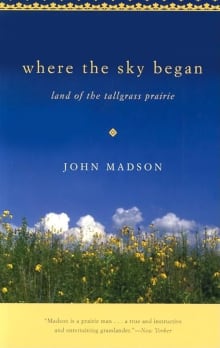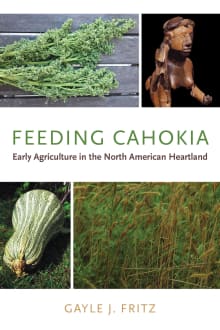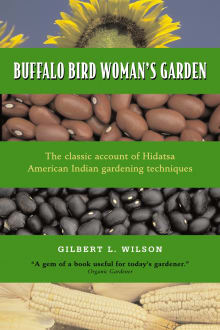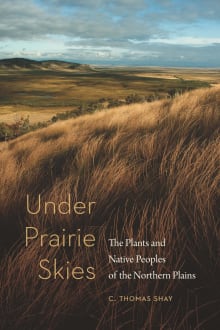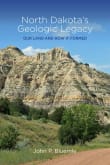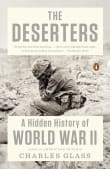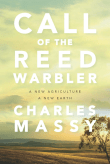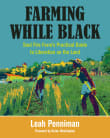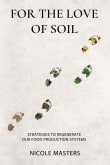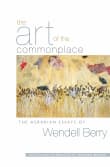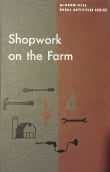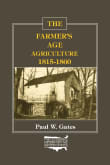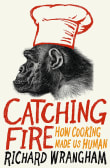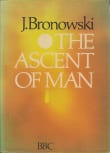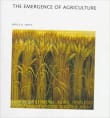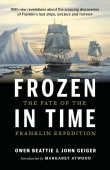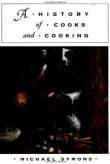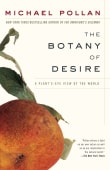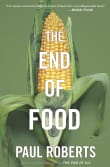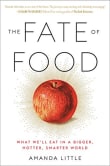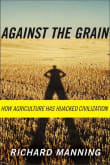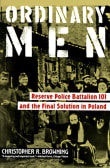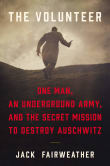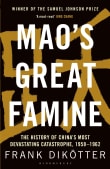
Why did I love this book?
After forty-two years with the North Dakota Geological Survey, Bluemle is well qualified to take both professional and lay readers through the geological ages that shaped modern-day North Dakota. I appreciate the way he skillfully covers the major regions of the state, such as the Missouri Couteau and the Red River Valley, with lavishly illustrated photos, maps, and diagrams. He also discusses the state’s considerable energy resources.
Everything I need to know on this topic is in one paperback, and it is a convenient size for taking on a field trip!
1 author picked North Dakota's Geologic Legacy as one of their favorite books, and they share why you should read it.
North Dakota's Geologic Legacy is a finalist in the Nature category for the 2016 Midwest Book Awards.
North Dakota's Geologic Legacy is the story of the landscape why it looks like it does and how it formed. The book is designed for the physical and the armchair traveler. Most of the features portrayed can be seen from the road. The shape of the land, the geologic materials, the processes that shaped them, the length of time involved in their formation all of these comprise a fascinating puzzle.
North Dakota has a split geologic personality: rugged, erosional badlands and buttes in…


